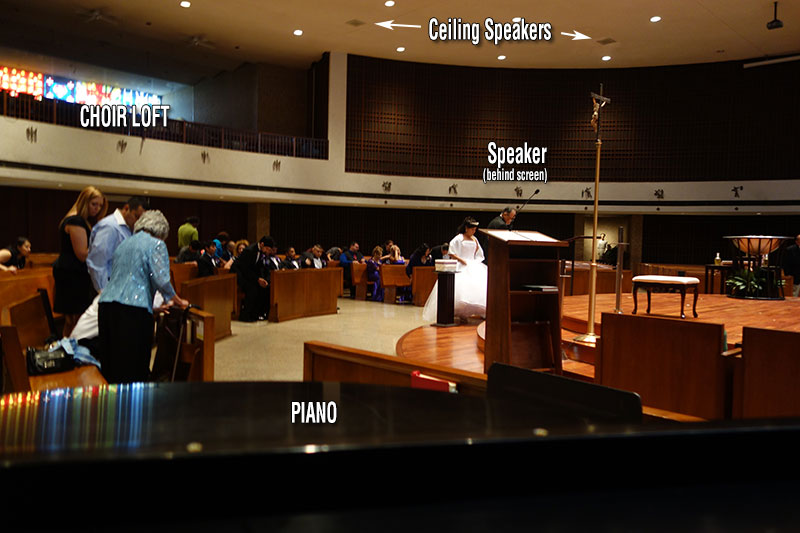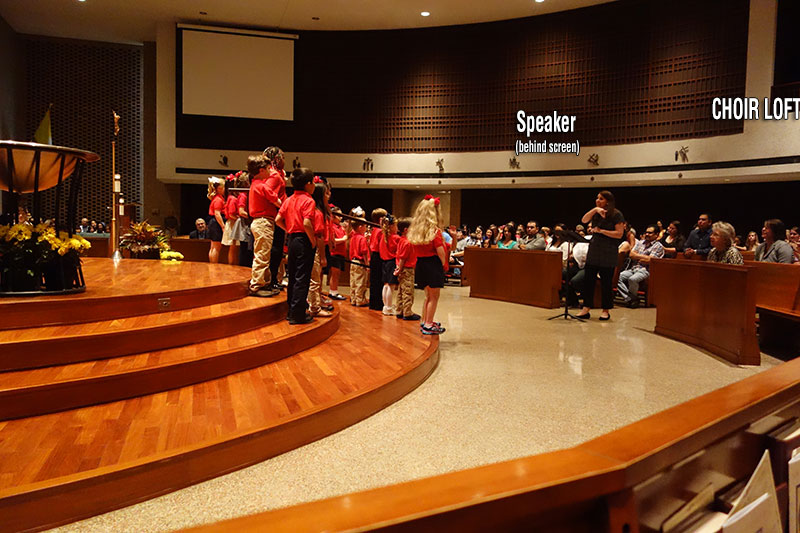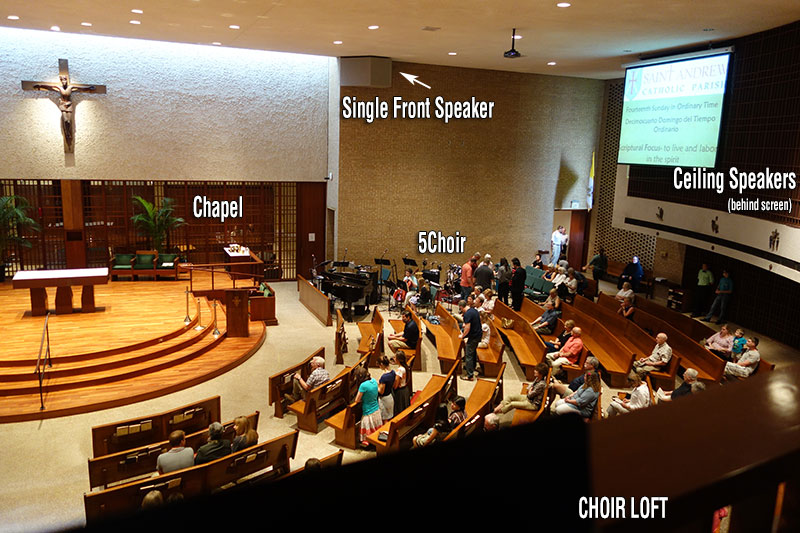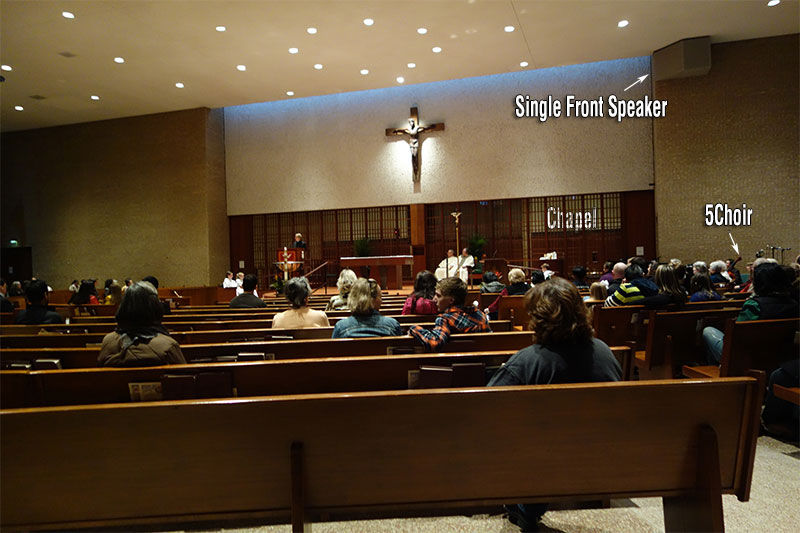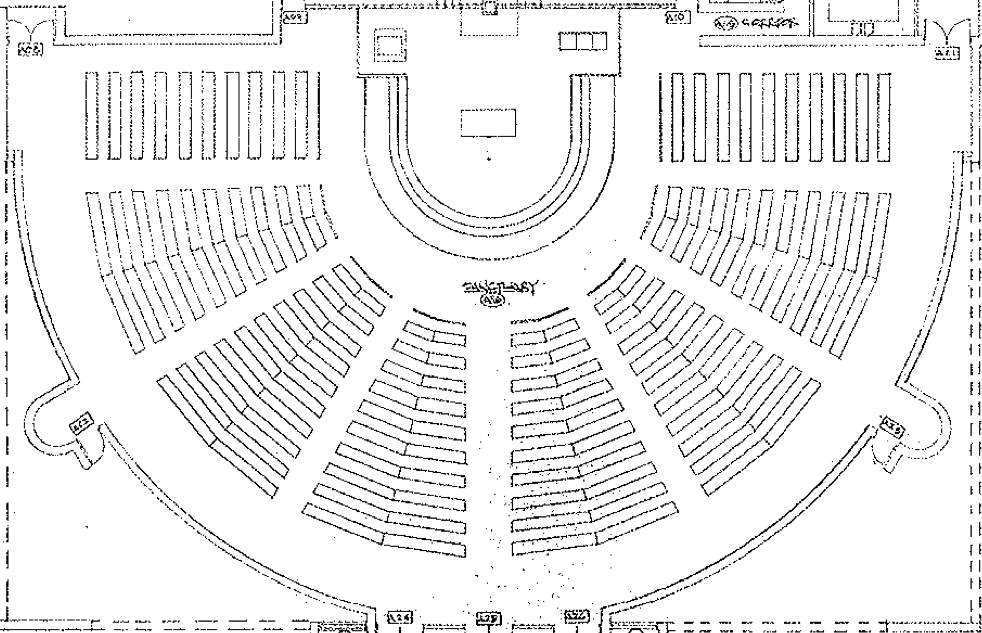I was recently asked to advance the production details for an upcoming Fort Worth Symphony Orchestra pops concert series with Kenny G.
The FOH engineer’s name seemed familiar when I saw it. Trueman “Monty” Montfort has been mixing Kenny for over 20 years and it turns out that Monty and I spent Sept 01, 2001 together during a Michael Bolton show with the Fort Worth Symphony Orchestra.
Monty had mentioned needing time to “tune” the PA and I was looking forward to watching a veteran sound engineer work his magic. When the time came instead of a laptop running FFT software and a measurement mic he used his voice and a house Shure SM58.
I admit I was a bit disappointed. I had this idea that I would get some Smaart training and learn a few things. (SPOILER ALERT, I did…)
So I went about my other duties and upon my next trip to FOH, I left my phone recording audio as I headed back to the stage. What Monty was doing with his voice and an SM58 was interesting. I could tell that in spite of not using a “measurement rig” he was on to something. He methodically went through the system zone by zone adjusting output EQ on the rented Yamaha PM5DRH (his console of choice). I was busy assigning DCA’s on the house Soundcraft Vi6 (covering all the orchestra mics) with my back to Monty. He began to work on the subs and without looking I would swear he was triggering a kick drum sample.
I turned around to see him banged his FOH TB SM58 windscreen down on the padded console rest.
Monty spent 30+ minutes “tuning” the PA and tune the PA he did. A few notes before I forget them.
HELPINSTILL PIANO PICKUP
The Helpinstill piano pickup system Monty brought is a great device. In case you don’t already know about it, it works like a huge guitar pickup that picks up the piano string motion so there is no chance for feedback and there is no bleed. The resulting sound is not quite “classical” in nature and given the choice I don’t think anyone would prefer a Helpinstill over a good set of mics with an open lid piano but if the lid is going to be closed, the Helpinstill has my vote. The sound is clear as a bell and free of the typical muddiness that comes with a closed lid piano with mics in side.
Next,
STRING MICS
NOTE TO SELF: “Overhead mics for string (violin / viola/ cello / upright bass) amplification when in a shell with a band and stage monitors are worthless”. Based on what was available for rent locally, we used 24 Countryman Isomax 2 cardioid mics on strings.
(6) violin 1
(6) violin 2
(6) viola
(4) cello
(2) bass
Since there were more string players (10,8,7,6,4) than we had mics I put up some Earthworks P30 cardioids. I figured this would be a perfect time to compare the difference between close mics and overhead mics without any risk since Monty had no interest in using the overheads. So they stayed muted but I listened to them in headphones from time to time. Absolutely worthless in this situation.
If DPA 4099V,C,B had been available for rent we would of used those but they weren’t.
Unless someone knows something that we don’t the mount option suggested by Countryman for mounting an Isomax 2 on strings is not a very good solution. We rented of the DPA 4061 (omni) rubber bridges and those proved to be a poor solution too. The cable thickness on the Isomax 2 is just too big to fit the notch on the rubber bridge and consequently the mic has a tendency to fall out or rotate around. More than once I had mics that were aimed away from the instrument. We had to reset the mics in the rubber bridges at intermission and before the shows. Prone to failure…
This is where the DPA 4099V (violin), 4099C (cello), 4099B (upright bass) shine. The same mic but custom made mounting options for each instrument.
Good stuff. Certainly the best string mic options I know of if you’re going to be in a less than ideal environment. Monty and I agreed that next time, we’ll plan for them.
Moving on or backwards, how on earth do you tune a PA with your mouth and an SM58. No one would agree that an SM58 is a measurement mic and yet Monty used it to tune the PA so I find myself in a conundrum. I’ve got literally thousands invested in software (Specra Foo Complete & Smaart), hardware (mics, a laptop, audio interfaces) and years trying to master the art of FFT measurements and along comes an old road dog who just “wings it”.

